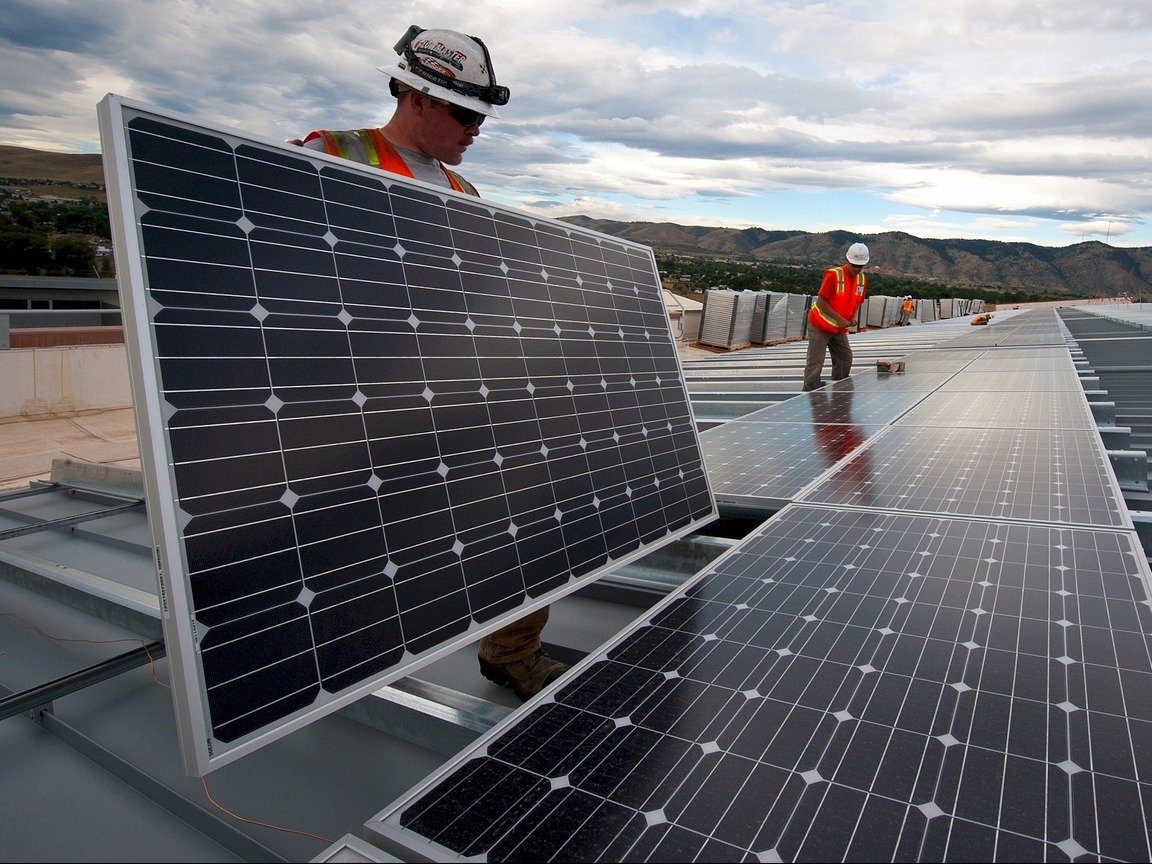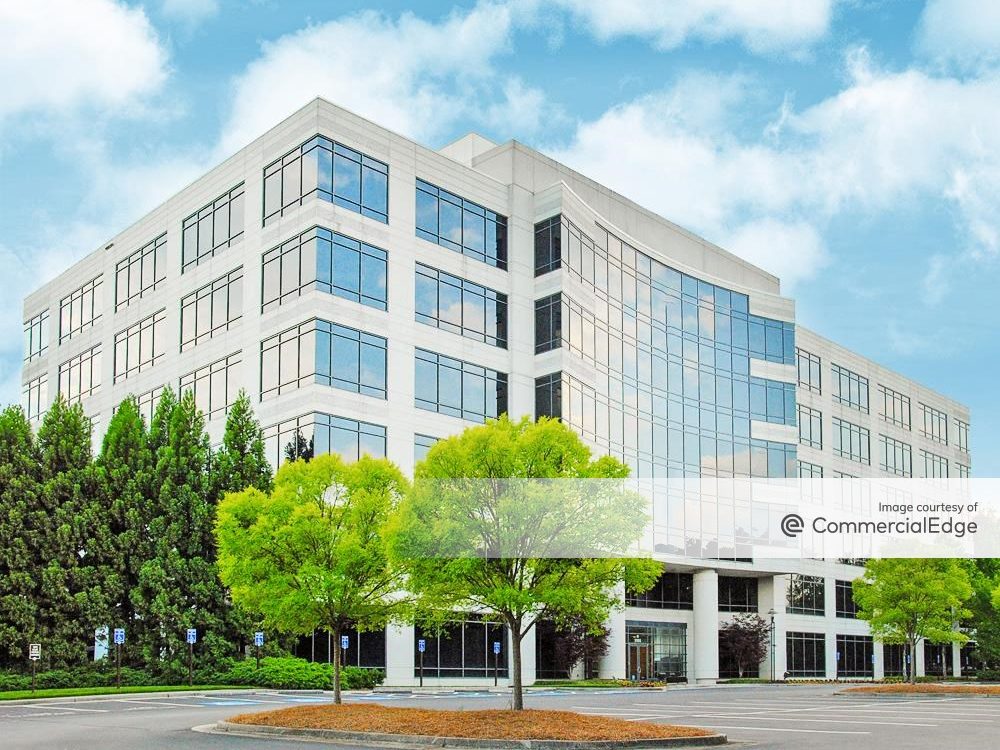Sustainable Construction Trends Gain Ground
Recent legislation surrounding carbon emissions has pushed the commercial real estate industry to find additional innovations for sustainable building.
In 2019, New York City enacted Local Law 97, an ambitious carbon emission reduction plan aimed at reducing carbon emissions from the city’s buildings by 80 percent by 2050. But it wasn’t the first.
READ ALSO: Public-Private Collaboration Targets Decarbonization
In 2018, both the state of California and Washington, D.C., signed into law similar legislation aimed at curbing pollution and addressing the growing concern surrounding climate change.
The new guidelines have sent the commercial real estate industry looking for answers. What did they find? Several innovations in building and design, including mass timber, augmented reality and modular construction, were already being used by leading development firms.
During a recent ULI webinar focused on new opportunities in sustainable construction, experts weighed in on the latest trends in sustainable design and construction, what implementing them looks like in real life, and what the results showed.
Going modular
Ted Jennings, VDC manager at the 96-year-old construction firm Barton Malow, said one of the biggest ways building with modular construction is beneficial is related to the use of less energy on a work site. “It helps us control waste, control energy uses and helps us focus on sustainable measures,” said Jennings.
For Menno Hilberts, managing director for U.S. development at citizenM Hotels, going modular was a way to streamline their operations, increase efficiency and cut down on waste. Hilberts looked at how brands like Ikea and McDonalds rolled out their product and took cues from the assembly line model used by the car industry. His firm’s hotels are designed to have 80 percent repetitive elements, which ties right in with modular construction. The other 20 percent is custom design that ties in the local community.
“In a couple of weeks you really build a whole building,” said Hilberts. “If you do it well, you can really build better buildings and reduce your carbon footprint over the lifetime of the building significantly.”
Cutting down on waste
LendLease’s Eleni Reed said her firm is driving more and more to electrifying construction equipment and using green and solar power and reducing waste at construction sites. Citing a U.N. report from 2017, Reed said carbon emissions from building construction reached 3.7 giga tons globally in 2016.
“Clearly, as a sector we have a lot of work to do,” said Reed. Her firm has been looking at different ways to reduce their carbon footprint. One of those ways is setting up waste audits at sites and looking at ways to reduce waste—like installing a wood chipper on-site so discarded material can be recycled and by reusing building materials such as reusable window crates and gypsum wallboard. Recently, LendLease piloted a Green Business Certification Inc. TRUE Zero Waste certification system at a site in Seattle.
Tackling challenges
While sustainable construction options continue to gain ground and attract more users, obstacles remain. For those looking to build modular, the approval process can vary widely by city and state. In Canada, where modular is being used to build affordable housing, cities are beginning to deal with the approval process.
“The approval process for modular building is unscripted really,” said Hilberts, adding that citizenM has worked through different strategies on projects in Los Angeles, New York and Seattle. “Most developers don’t even want to go into modular construction because there is no precedent for it and getting approvals, it’s a very hairy process. I’d encourage more people to get on board with.”
Sarah King, director of sustainability at Skanska USA Commercial Development, said that to help further sustainable building efforts, cities need to get on board. “I think cities play a big role in this,” said King. “There’s demand for sustainable buildings. As an industry we’ve raised the bar a lot and as we look at the next horizon, we have to make a significant investment.”








You must be logged in to post a comment.